




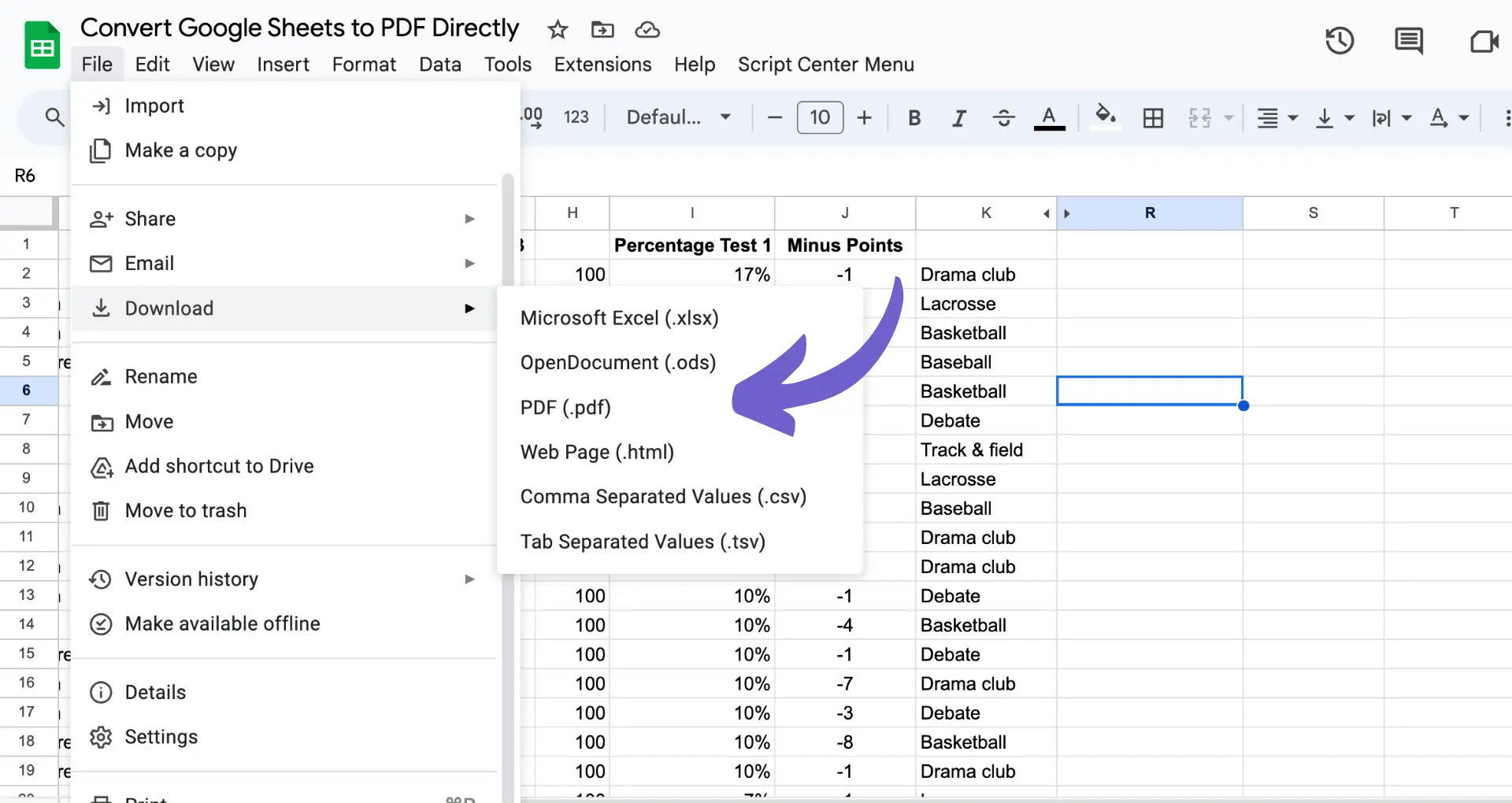
Open your Google Sheet, click File, then Download as PDF.
By the way, we're Bardeen, we build a free AI Agent for doing repetitive tasks.
If you often convert sheets to PDFs, try Bardeen's automation tools. It saves time by automating the conversion process, letting you focus on more important tasks.
Converting Google Sheets to PDF is a crucial skill for professionals who need to share and present data in a secure, consistent format. In this step-by-step guide, we'll walk you through the process of transforming your Google Sheets into PDFs using both manual and automated methods. We'll also explore advanced customization options, troubleshoot common issues, and discuss future trends in spreadsheet-to-PDF conversion.
Google Sheets is a powerful, cloud-based spreadsheet application that allows users to create, edit, and collaborate on spreadsheets in real-time. PDFs, or Portable Document Format files, are a universal file format that maintains the layout, formatting, and content of a document across different devices and platforms. You can also integrate Google Sheets with other apps to enhance your workflow.
Converting Google Sheets to PDF is essential for several reasons:
By converting your Google Sheets to PDF, you can create professional-looking documents that are ready to be shared with colleagues, clients, or stakeholders, without worrying about compatibility issues or unintended modifications to the data. For more advanced usages, consider using GPT in Spreadsheets to automate repetitive tasks and streamline your workflow.
Converting a Google Sheet to a PDF is a straightforward process that can be done directly from the Google Sheets interface. Follow these steps to manually convert your spreadsheet:

By following these simple steps, you can quickly and easily convert your Google Sheets to professional-looking PDF documents, ready to be shared or distributed as needed. For more advanced integrations, you can connect Google Docs with other apps to streamline your workflow.
Save more time and effort by automating this process. Use Bardeen to integrate Google Docs and automate your PDF conversions.
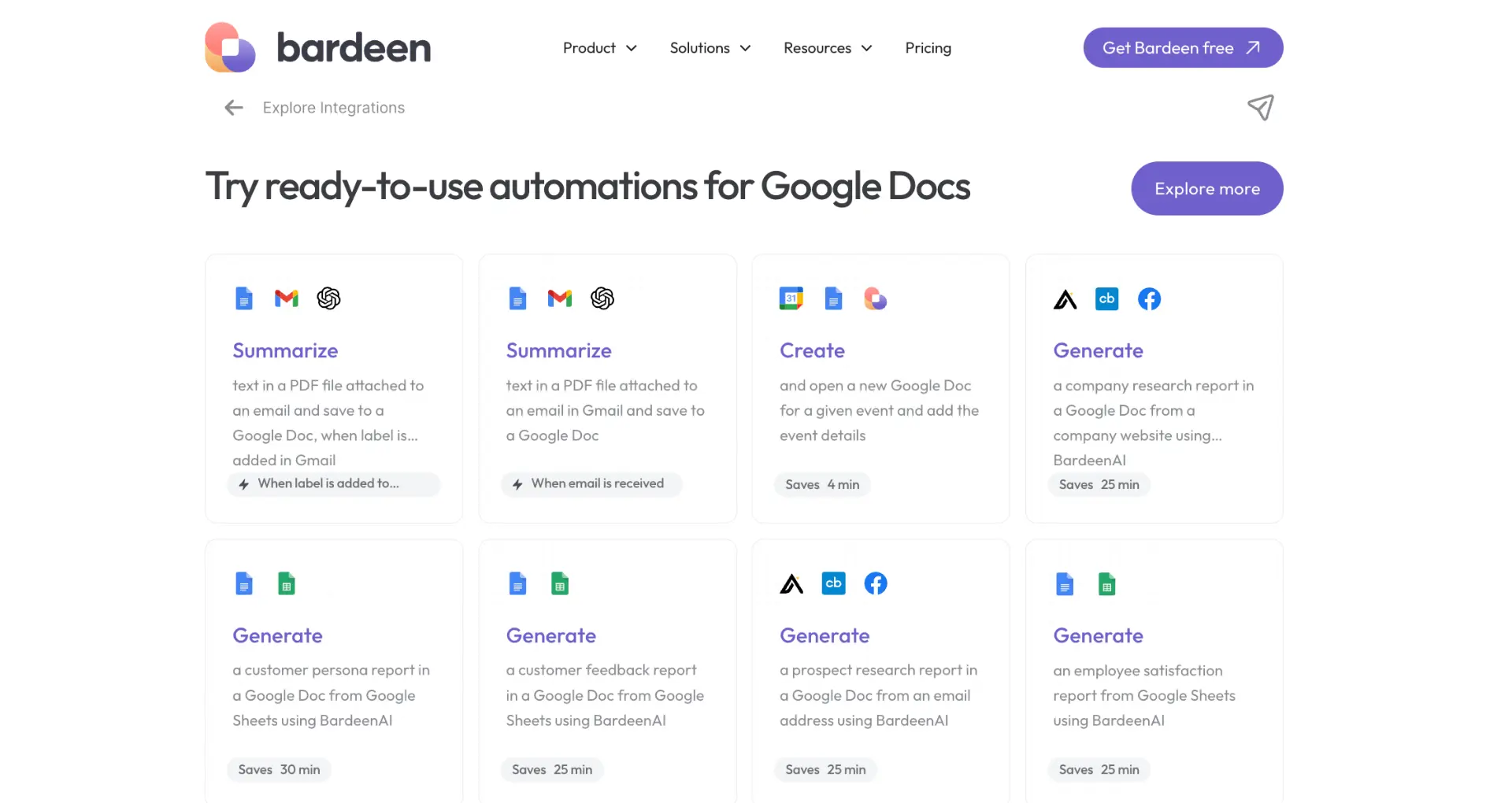
Google Sheets is a web-based spreadsheet application that allows users to create, edit, and collaborate on spreadsheets in real-time. It is part of the Google Workspace (formerly G Suite) family of products. PDFs, or Portable Document Format files, are a universal file format that preserves the layout, formatting, and content of a document, making it easy to share and view across different devices and platforms.
Converting Google Sheets to PDF is necessary when you want to:
PDFs offer several advantages over other file formats:
By converting your Google Sheets to PDF, you ensure that your data is presented consistently and professionally, making it easier for others to view and understand your information. For better data management, consider how to integrate Google Drive with other apps.
Sheetgo is a web-based application that automates the process of converting Google Sheets to PDF. With Sheetgo, you can create fully automated workflows that extract data from your Google Sheets, transfer it to a document template, convert the document to PDF, and even send the PDF to recipients via email. This can be particularly useful when you need to enrich LinkedIn profiles and share the data with your team.
To set up an automated workflow in Sheetgo:

By automating the Google Sheets to PDF conversion process with Sheetgo, you can:
Sheetgo simplifies the process of converting Google Sheets to PDF, making it an efficient solution for businesses and individuals who need to generate and share documents regularly. For more advanced automations, consider using AI web scraping tools to further streamline your workflow.
Save even more time by automating other tasks in your workflow. Check out our free AI web scraper to learn how to effortlessly extract and sync data across your favorite apps.
When converting Google Sheets to PDF, you have various customization options to ensure the final output meets your specific requirements. These settings can be accessed through the Google Sheets interface or third-party tools like Microsoft Excel integration.
Some of the key customization options include:
These settings directly impact the appearance and layout of the final PDF document. For example:
To access these customization options in Google Sheets:

By taking advantage of these customization settings, you can ensure that your Google Sheets to PDF conversions result in professional, well-formatted documents tailored to your specific needs. For more advanced tasks, consider using tools that automate repetitive tasks within your workflow.
Once you've converted your Google Sheets to PDF, sharing and collaborating on these documents is a breeze. Google Sheets offers built-in options for sharing PDFs directly from the application, while third-party tools like integrate Dropbox with other apps can automate the process of sending PDFs via email or other channels.
When sharing PDFs, you have control over the permissions and privacy settings:
If you need to share the PDF with a large group, consider creating a Google Group with the appropriate members. This allows you to:
For even broader sharing, you can publish the PDF as a web page, making it accessible to anyone with the link. This is ideal for public-facing documents like case studies, product brochures, or event programs.
Save time and automate your PDF sharing and management. Integrate Bardeen with Dropbox to streamline this process.
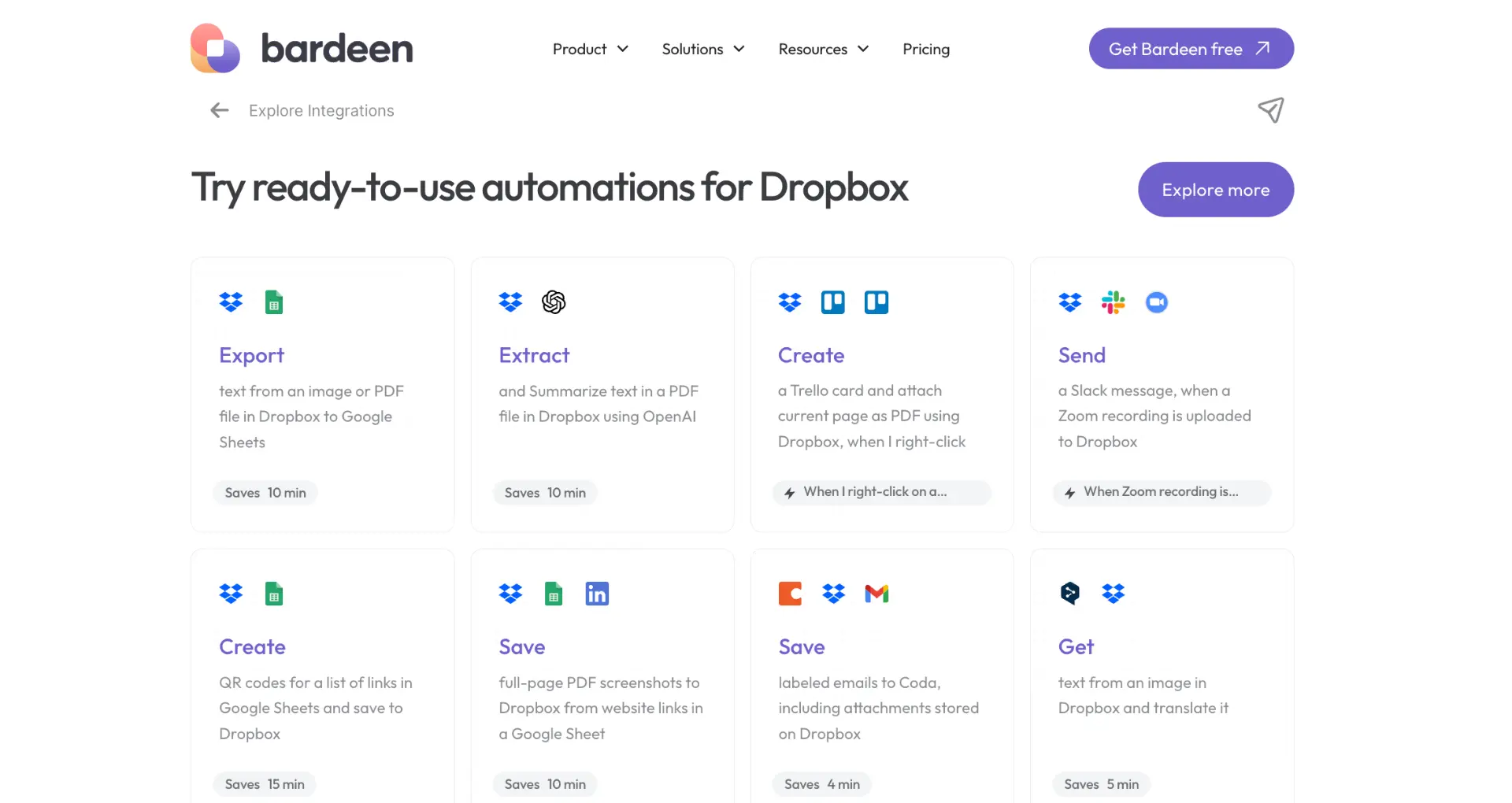
Remember, when sharing sensitive information in PDFs, it's crucial to carefully review the permissions and access settings to ensure the document remains secure and only accessible to the intended recipients.
While converting Google Sheets to PDF is generally a straightforward process, users may occasionally encounter issues that disrupt their workflow. Some common problems include:
To troubleshoot these issues, start by:
If you continue to experience problems, try clearing your browser cache and cookies, or using a different web browser altogether. Updating to the latest version of your browser can also help resolve compatibility issues.
In some cases, creating a new spreadsheet and copying over your data may be the fastest way to overcome persistent formatting or conversion errors. For more advanced tasks, you might consider using AI web scraping tools to automate data extraction and management.
As technology advances, the process of converting Google Sheets to PDFs is likely to become even more streamlined and efficient. Some potential developments include:
Automation will also play an increasingly important role in simplifying the conversion process. Users can expect to see more intelligent features, such as:
Bardeen can help you simplify the process with AI web scraping tools. Save time and focus on important tasks while Bardeen automates the rest.
As remote work and collaboration continue to grow, cloud-based solutions for converting and sharing PDFs will become even more essential. This may lead to the development of dedicated online platforms that offer advanced conversion capabilities, version control, and secure distribution channels for sensitive data.
Ultimately, the future of Google Sheets to PDF conversion will be shaped by the evolving needs of businesses and individuals who rely on these tools to communicate and share information effectively.
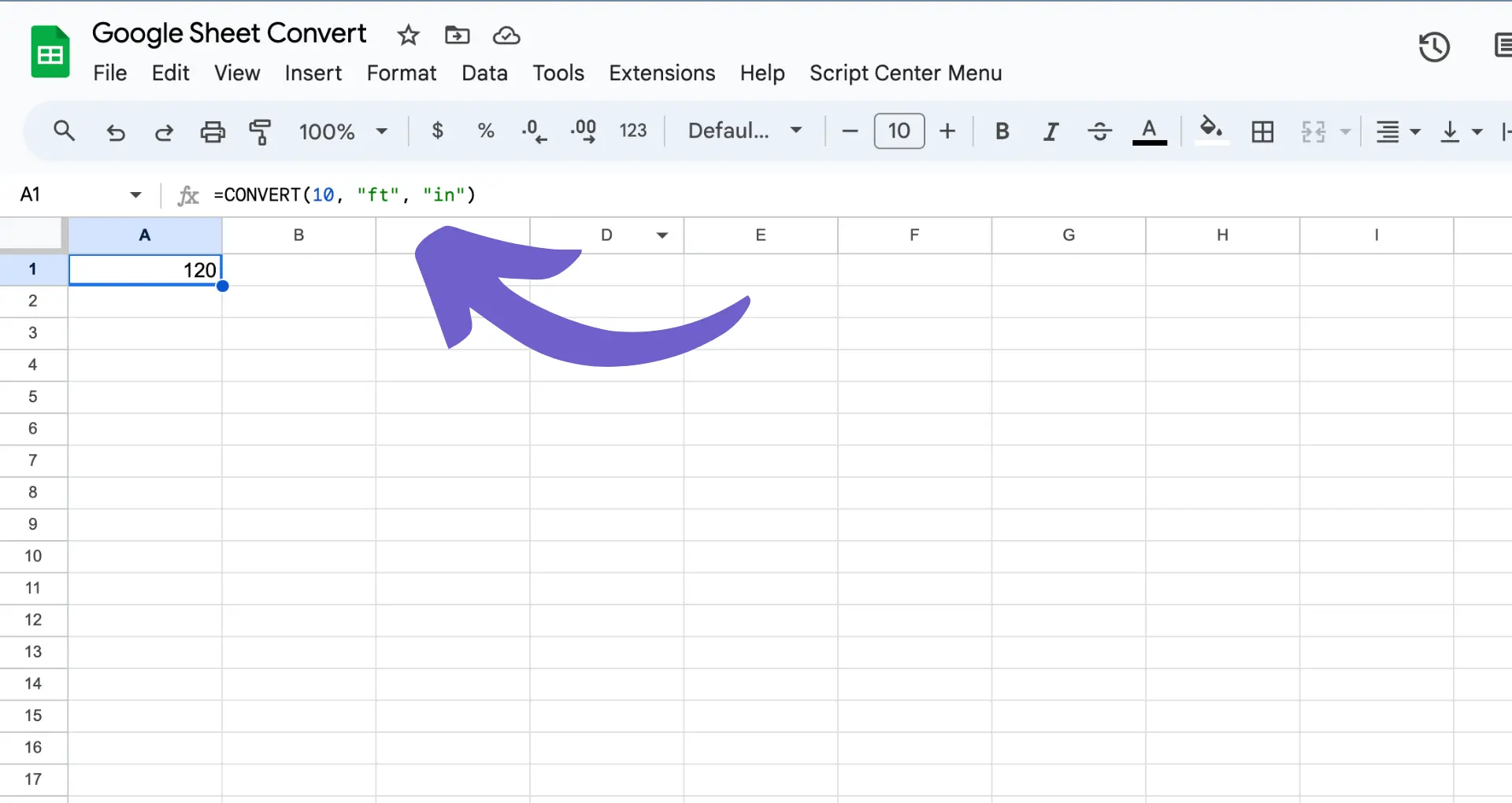
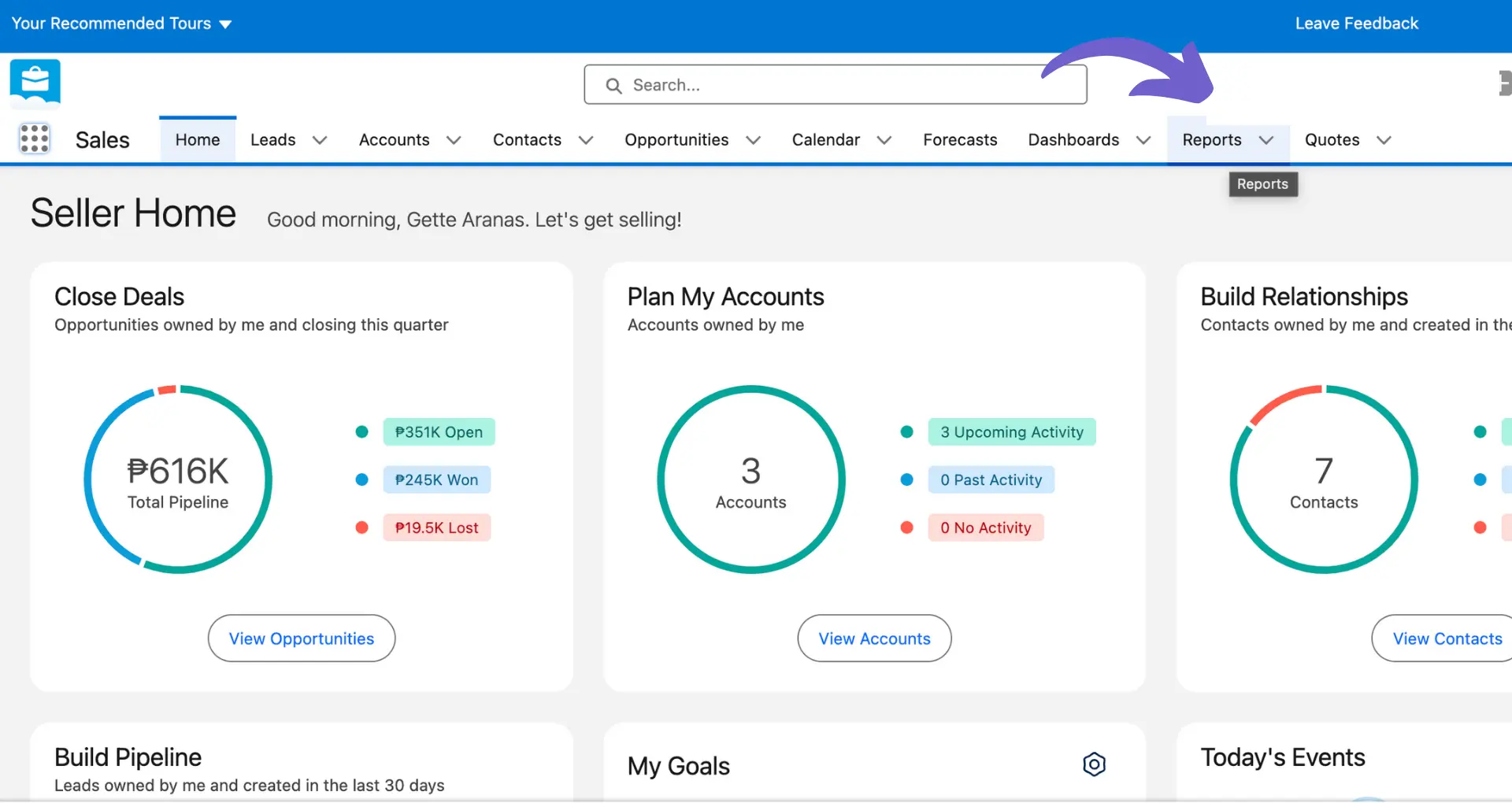








SOC 2 Type II, GDPR and CASA Tier 2 and 3 certified — so you can automate with confidence at any scale.
Bardeen is an automation and workflow platform designed to help GTM teams eliminate manual tasks and streamline processes. It connects and integrates with your favorite tools, enabling you to automate repetitive workflows, manage data across systems, and enhance collaboration.
Bardeen acts as a bridge to enhance and automate workflows. It can reduce your reliance on tools focused on data entry and CRM updating, lead generation and outreach, reporting and analytics, and communication and follow-ups.
Bardeen is ideal for GTM teams across various roles including Sales (SDRs, AEs), Customer Success (CSMs), Revenue Operations, Sales Engineering, and Sales Leadership.
Bardeen integrates broadly with CRMs, communication platforms, lead generation tools, project and task management tools, and customer success tools. These integrations connect workflows and ensure data flows smoothly across systems.
Bardeen supports a wide variety of use cases across different teams, such as:
Sales: Automating lead discovery, enrichment and outreach sequences. Tracking account activity and nurturing target accounts.
Customer Success: Preparing for customer meetings, analyzing engagement metrics, and managing renewals.
Revenue Operations: Monitoring lead status, ensuring data accuracy, and generating detailed activity summaries.
Sales Leadership: Creating competitive analysis reports, monitoring pipeline health, and generating daily/weekly team performance summaries.